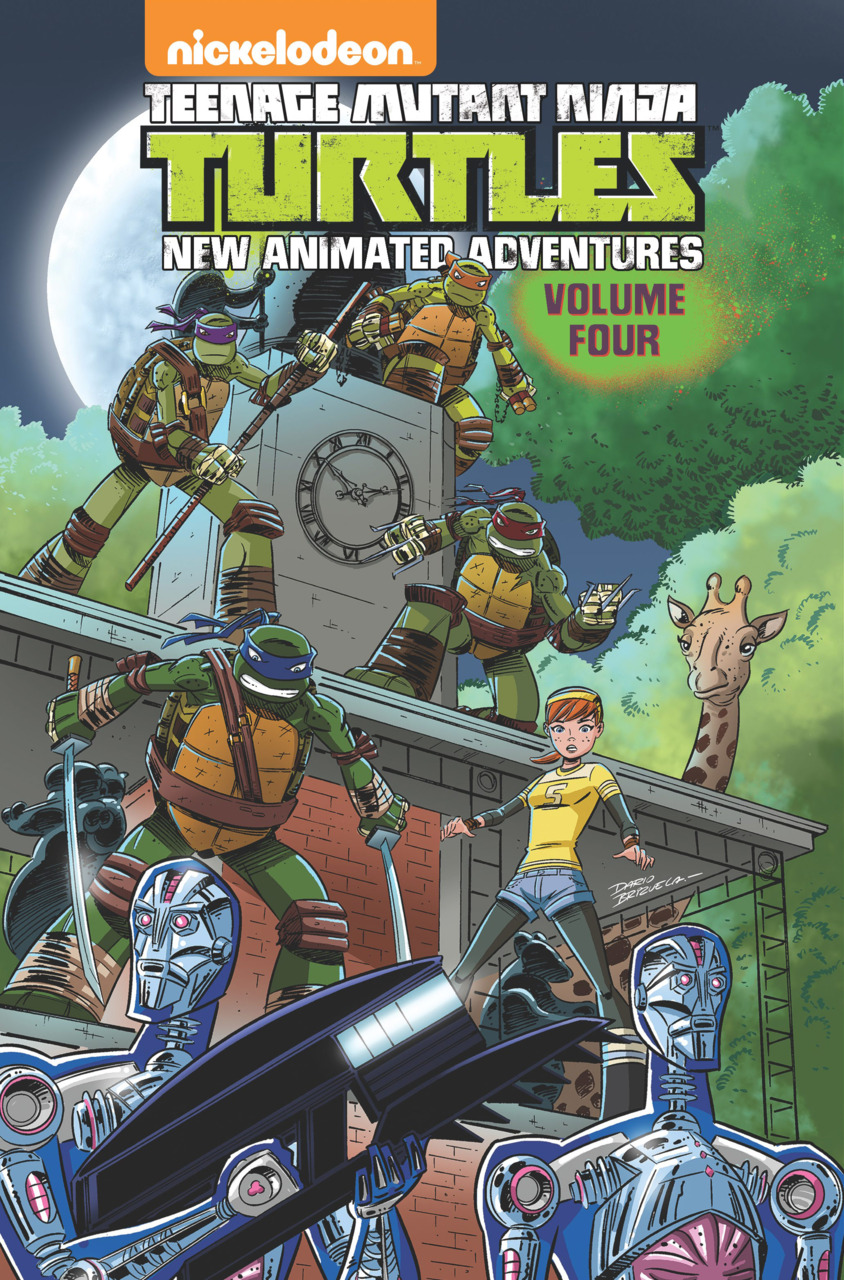
The early bootleg LPs attributed the recording to one of Dylan's tour-closing concerts at London's Royal Albert Hall that was also recorded, as was a show in Liverpool (May 14), supervised by Dylan producer Bob Johnston. As they gradually lose their energy, he finds his and his voice gets louder, until, when they are almost completely silent he says plainly, 'if you only wouldn't clap so hard.' The audience applauds the statement. At the beginning of 'One Too Many Mornings' he tells a completely psychotic story in a very low voice while the audience makes its noise. Nor is it hard to remember that long, lean, frail look that sometimes made you wonder what gave him the strength to stand up there in the first place, as he remembered the unbelievably complex lyrics to his unbelievably long songs, without ever faltering.It isn't hard for me to remember the booing, the names, the insults he endured just to be standing there with an electric band.On this album the audience claps at the wrong time, claps rhythmically as if to deliberately throw his timing off. Listening to it, it isn't hard to remember Dylan on stage of the Donnelly Memorial Theatre in Boston or at Forest Hills in New York City standing toe to toe, eyeball to eyeball with Robbie Robertson between every verse of practically every song, while the guitarist played his fills. Needless to say, the album is both musically great and an amazing path back into the temperament of the sixties. The same month, critic Jon Landau reviewed another edition of the concert: On June 3, 1971, critic Dave Marsh reviewed one bootleg in Creem magazine, writing "It is the most supremely elegant piece of rock 'n' roll music I've ever heard.The extreme subtlety of the music is so closely interwoven with its majesty that they appear as one and the same." The electric part of this concert first surfaced in late 1970 or early 1971 on bootleg LPs with various titles. Dylan's move to electric music, and his apparent disconnection from traditional folk music, continued to be controversial, and his UK audiences were particularly disruptive with some fans believing Dylan had " sold out". ( September 2021) ( Learn how and when to remove this template message)Īfter touring North America from the fall of 1965 through the winter of 1966, Dylan, accompanied by the Hawks (later renamed the Band), embarked on a six-week spring tour that began in Australia, wound through western Europe, Ireland and the United Kingdom, and wrapped up in London. Unsourced material may be challenged and removed. Please help improve this article by adding citations to reliable sources. This section needs additional citations for verification. The first half of the concert was greeted warmly by the audience, while the second half was highly criticized, with heckling going on before and after each song. The set list consisted of two parts, with the first half of the concert being Dylan alone on stage performing an entirely acoustic set of songs, while the second half of the concert has Dylan playing an "electric" set of songs alongside his band the Hawks.

Extensively bootlegged for decades, it is an important document in the development of popular music during the 1960s.
SNOWTAPE VOL 4 SONG LIST FREE
It was recorded at the Manchester Free Trade Hall during Dylan's world tour in 1966, though early bootlegs attributed the recording to the Royal Albert Hall so it became known as the Royal Albert Hall Concert.
SNOWTAPE VOL 4 SONG LIST SERIES
It is the second installment in the ongoing Bob Dylan Bootleg Series on Legacy Recordings, and has been certified a gold record by the RIAA. Live 1966: The "Royal Albert Hall" Concert is a two-disc live album by Bob Dylan, released in 1998. 5: Bob Dylan Live 1975, The Rolling Thunder Revue 4: Bob Dylan Live 1966, The "Royal Albert Hall" Concert


The Bootleg Series Volumes 1–3 (Rare & Unreleased) 1961–1991


 0 kommentar(er)
0 kommentar(er)
